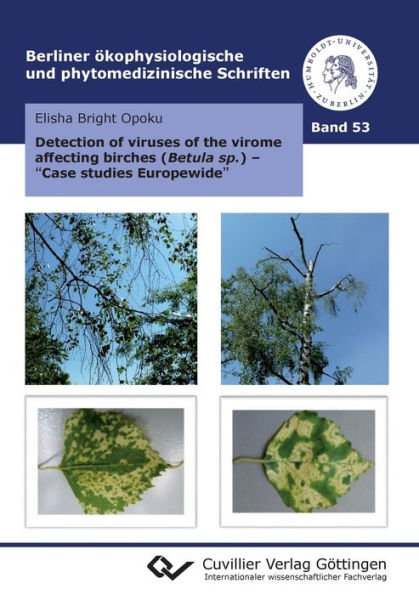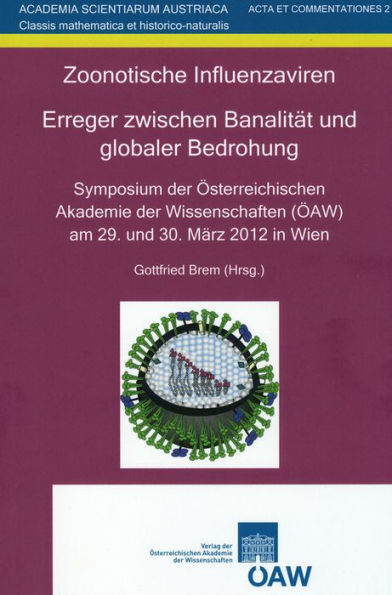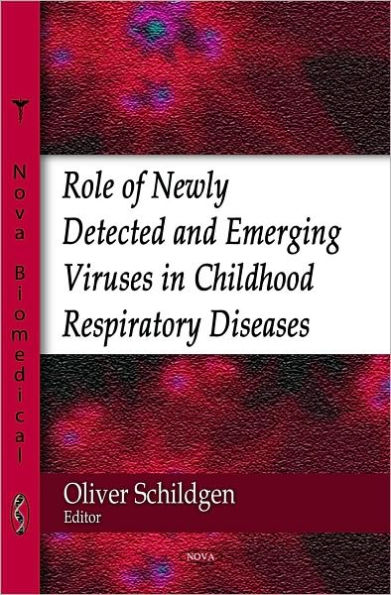Home
Detection of viruses of the virome affecting birches (Betula sp.) - "Case studies Europe-wide"
Barnes and Noble
Detection of viruses of the virome affecting birches (Betula sp.) - "Case studies Europe-wide"
Current price: $68.63


Barnes and Noble
Detection of viruses of the virome affecting birches (Betula sp.) - "Case studies Europe-wide"
Current price: $68.63
Size: OS
Loading Inventory...
*Product information may vary - to confirm product availability, pricing, shipping and return information please contact Barnes and Noble
Over the years, birches keep declining at various locations in Europe especially in cities, parks streets as well as forest due to biotic and abiotic stress factors. The decline of birches is characterized by die-back of twigs, branches, and can lead to the loss of tree crown, and finally to death of the tree. Virus-suspected leaf symptoms were observed on declining birches, which were attributed to Birch leaf roll disease (BLRD). Investigations from this thesis give an impression that, the birches can be infected by more virus species than ever assumed. The birch has a complex virome than expected and the decline cannot be attributed not just to a particular virus. Modern techniques, such as high-throughput sequencing (HTS), gave a comprehensive identification of possible viral pathogens present in the birch genome. In 2014, sequences of a previously unknown viruses could be discovered in symptomatic leaf samples of the genus Betula. Investigations of the prevalent birch viruses (BLRaV, CLRV, BiCV and ApMV) led to discovery of new viral signatures (e.g. Birch capillovirus, Birch caulimovirus, Birch benyvirus and Birch idaeovirus) in leaf samples from different areas in Europe. This indicates a wide distribution of these viruses as discussed in this thesis. The sequences obtained from complex virome RNA-Seq were about 70 % similar to known plant viruses. With the aid of the high-throughput sequences, RT-PCRbased detection systems for newly discovered viruses have been developed. Furthermore, the genome of these new viruses was to be further characterized and first results on the dissemination of them were presented.


















